
Alberto, Cannon Hill Park. 'The Photographer is Me' - participatory arts photography project with Nathan McGill, 2021
Nathan McGill (b.2000) is a photographer and writer based in Bradford, UK. By utilising participatory arts practice and documentary portraiture, McGill seeks to collaborate with communities by engaging them into the creation of artwork. McGill’s work highlights themes of identity, collaboration, migration, anthropology, and memory – where the interrelationship between people and place play an important role. His work has recently been selected for the West Midlands Open, and exhibited at the New Art Gallery, Walsall.
All images from 'The Photographer Is Me', a participatory arts photography project run by Nathan McGill in collaboration with a community of West Midlands based asylum seekers.
Guest blog post by Nathan McGill:
Every time a photographic artist chooses to pick up their camera and capture an image, there is always an act or exchange of power. The dynamics and systems of power that are embedded into the structures of society work simultaneously throughout the art of photography. They are most visible when working with marginalised communities or highlighting aspects of socio-politics and identity. It is important to acknowledge these systems of power and enable our ethical considerations and photographic approach to counteract these systems at play.
But how does one attempt to deflect the systems of power that are prominent within photography? Ethically considerate visual artists will approach their projects in a myriad of ways, in which they seek to represent a person, place, or idea as authentically as possible. Many artists adopt a participatory approach to their practice, to fulfil their intentions of ethically and authentically representing their subjects.
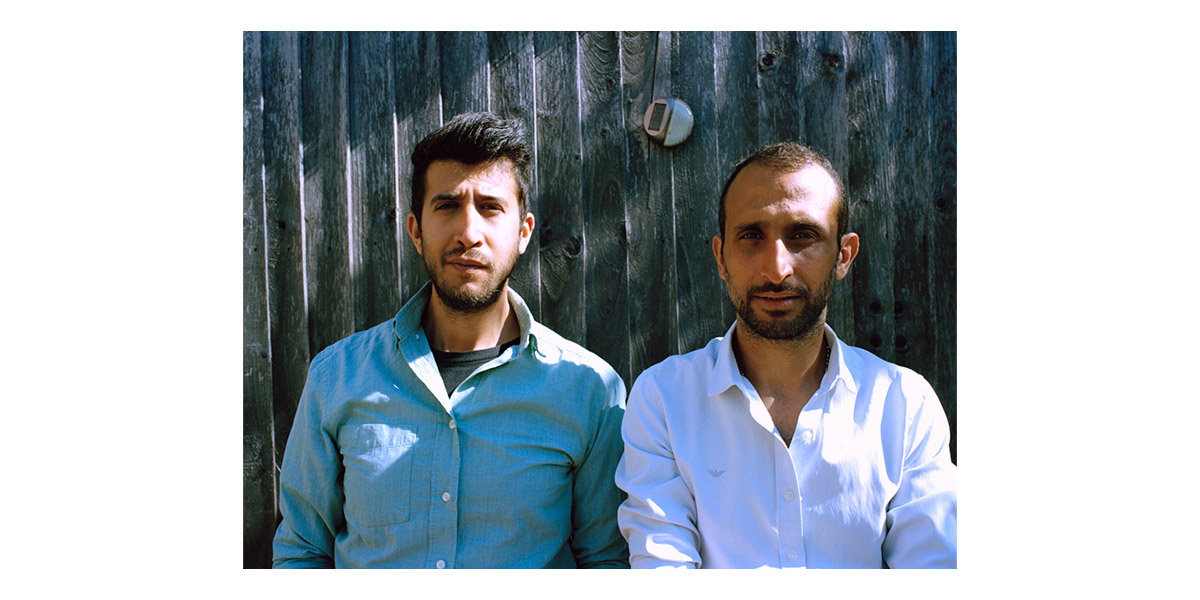
Wiam and Fady, at home. 'The Photographer is Me'
Photographers have power; participatory arts practice enables us to challenge the dynamic by giving up that power. At its very core is the notion of community engagement, which finds its way into various artistic and research-based disciplines. It is about providing space for participants to have a creative voice and actively participate in the creation of artwork. But really, it is much more than that. It is rebellious, it is revolutionary. It challenges the notions of power that constantly subjugate the voices of the marginalised and provides agency for communities to participate.
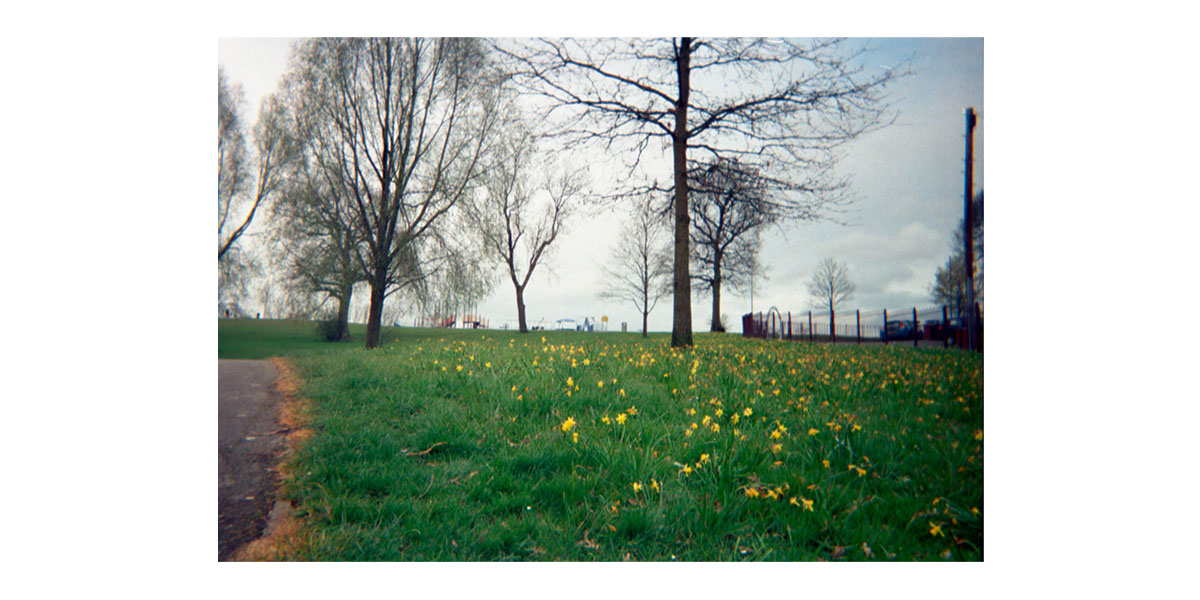
The flowers are like wallpaper on the floor, Alberto. 2021
"The idea of succumbing to commercial work is a universal feeling felt by all participatory and socially engaged artists"
Participatory photography also challenges the commercial approach to image-making, which one is often pressured to venture towards. The idea of succumbing to commercial work is a universal feeling felt by all participatory and socially engaged artists. It forces us into a difficult situation where we must assess our ethics in conjunction with our economic status. The commercialisation of photography through all its various outputs exposes society's capitalistic tendencies of centralising capital over ethics, in which people and objects are used for their monetary value and their contributions to the capitalist system.
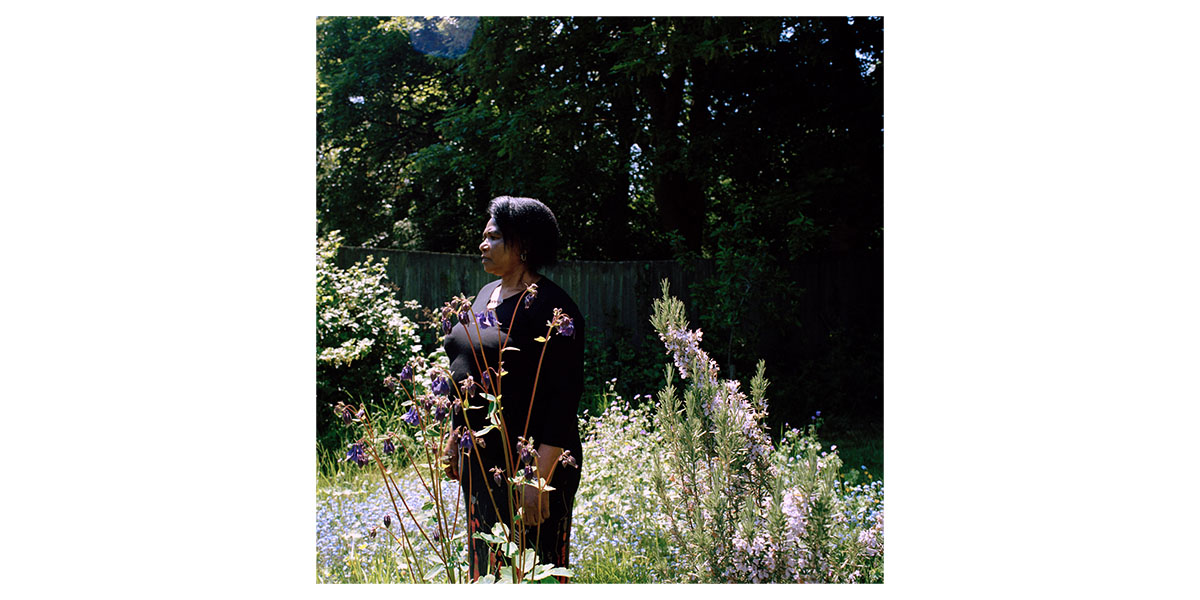
Busie, in her community garden. 'The Photographer is Me'
My practice as a photographer follows a participatory approach, to try and ensure my work is entirely ethical when working with marginalised communities.
I recently produced a body of work titled ‘The Photographer is Me’, a participatory photography project with a community of asylum seekers and refugees based in the West Midlands. The inspiration for the project derived from the desire to shift those power dynamics previously discussed. It was essential the project created a space where creativity could thrive through education and experimentation, and where myself and the participants could collaborate to co-author a body of work.
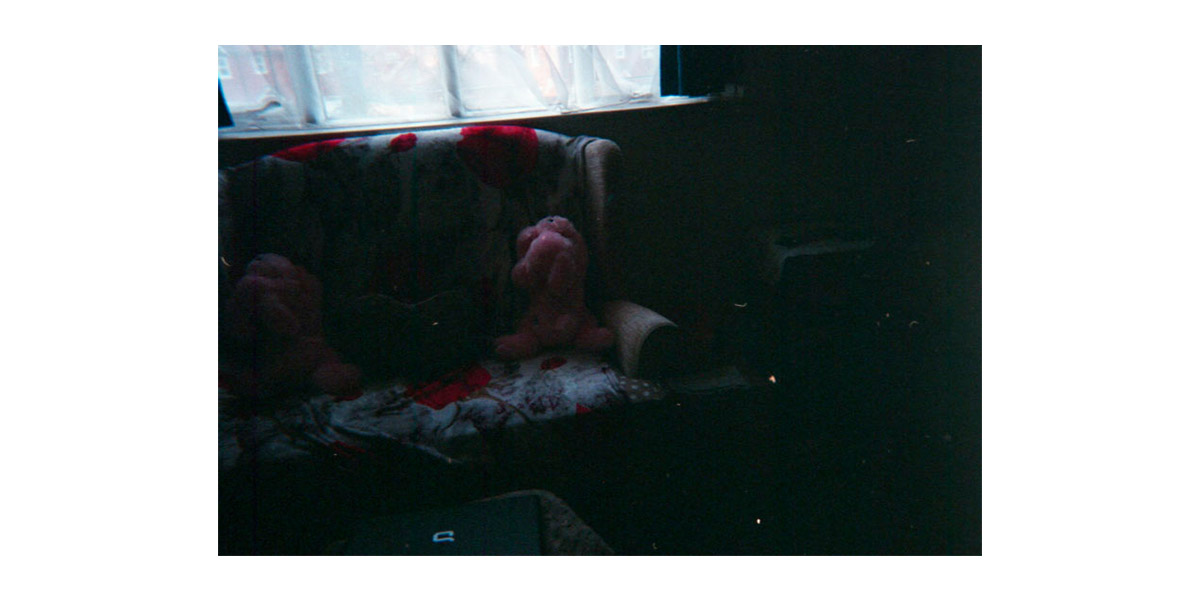
Decorating the sofa with my pink teddy, Busie. 2021
‘The Photographer is Me’ consists of a variety of outputs, such as: virtual workshops, participant photographs, emulsion lift workshops, oral storytelling, and artist portraits. All of which set out to cultivate an environment that shifts the dynamics of power from photographer to participant, where everyone was actively participating in the creation of photography, rather than being passive subjects whose autonomy is disregarded.
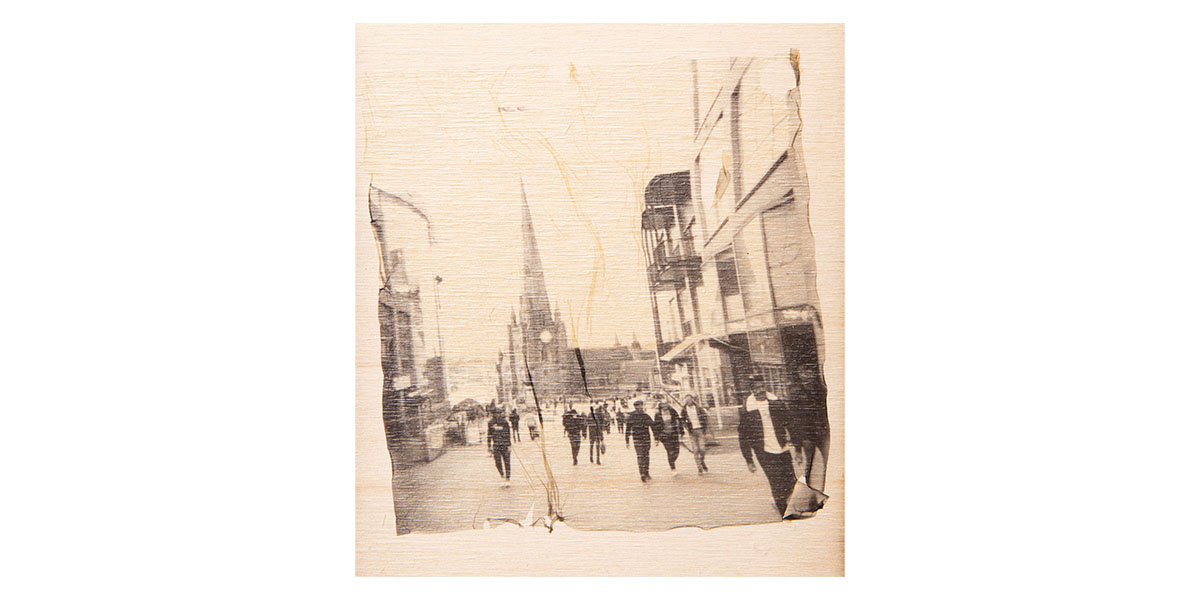
Polaroid emulsion lift, Anonymous. 2021
"It was somewhat of an epiphany to realise that the project shouldn’t centre those traumatic experiences – but instead should focus upon the engagement and creation of photography."
Workshops were fundamental for the construction of this project to support the notion of participation and community engagement. The workshops consisted of basic photography skills highlighting photographic techniques, themes, and advice to educate and support their creative development. Creative services are very rarely provided to asylum seekers in Britain. It was essential that the collaboration curated a co-authored body of work that centred their engagement and creation of imagery, rather than the exploitation of their lived experiences.
I began this project believing the avenue I wished to explore was about the participants' experiences of asylum. This was due to the belief that I should be amplifying their voices and stories in spaces which they may not be heard. Whilst it is important to amplify the voices of the marginalised and doing so can be effective in social and policy changes, I realised this was not the route I wanted to take for the project. It was somewhat of an epiphany to realise that the project shouldn’t centre those traumatic experiences – but instead should focus upon the engagement and creation of photography.
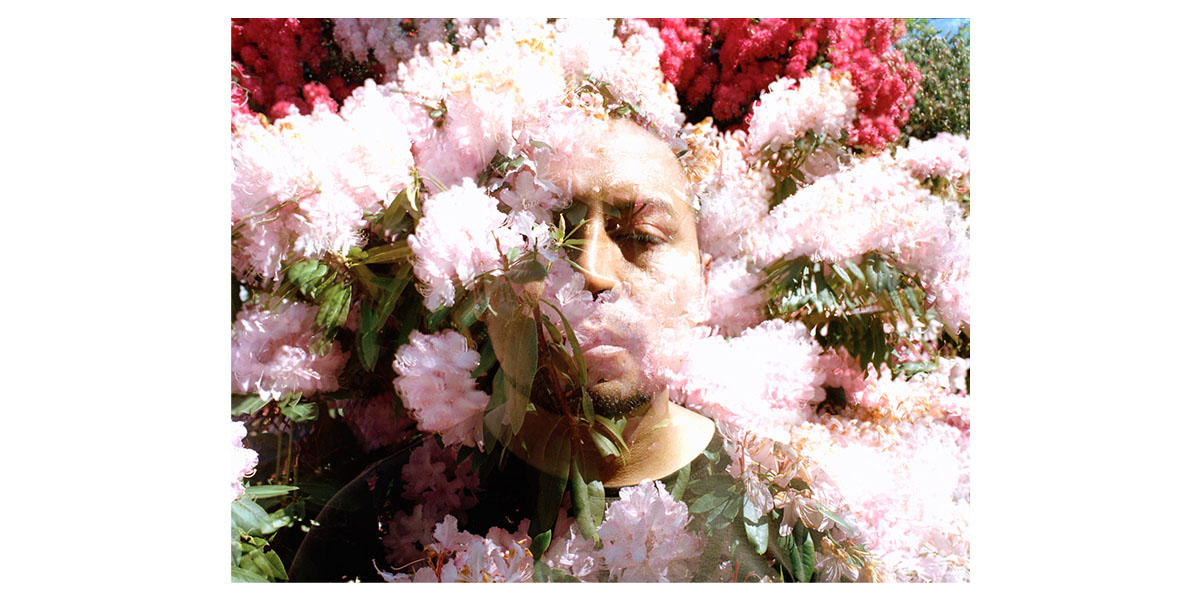
Alberto, Cannon Hill Park. 'The Photographer is Me.' 2021
By centralising the focus of the project onto the creation of photography, it prevented triggering any traumatic experiences and emotions the participants may have encountered, therefore potentially jeopardising their engagement in the creation of imagery.
In advance of curating a participatory project with a community of asylum seekers, it is important to understand that the circumstances of your participants can change. Individuals seeking asylum are often relocated across the country and therefore physical participation is hindered. In addition, for various reasons people may not wish to have their identity revealed, their work featured, but instead wish to participate without public dissemination. This is a common experience, and one in which I experienced throughout this project. It is important to respect an individual’s decision and find alternative solutions to involve their participation. The identity of those seeking asylum is a sensitive issue; thus understanding one’s choices is significant in preventing them from danger or harm.
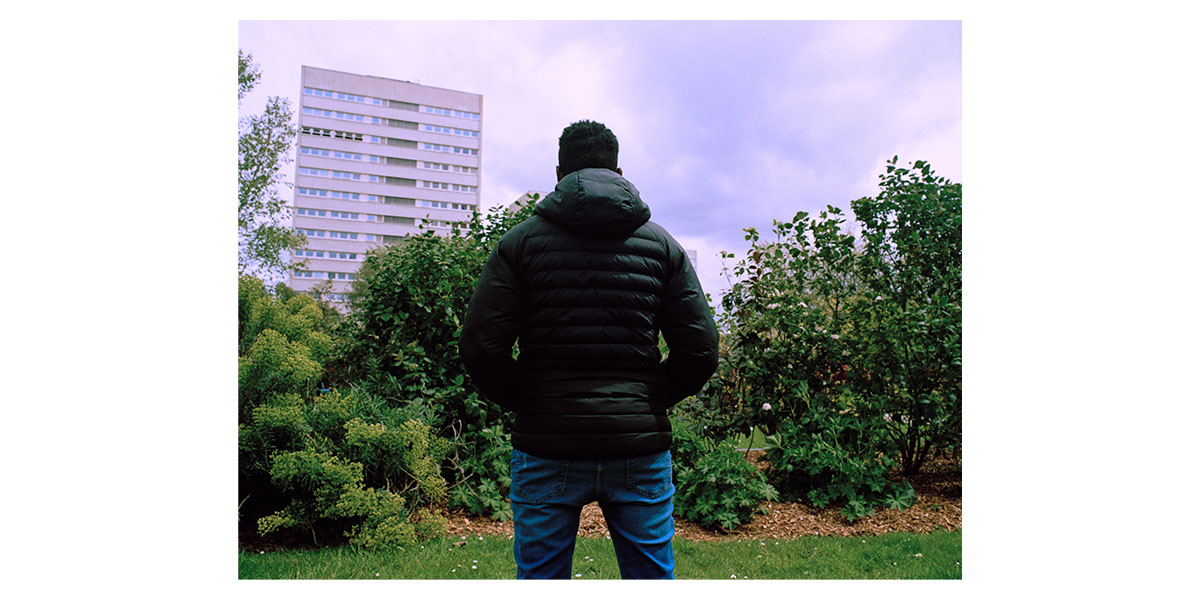
Anonymous, Birmingham. 'The Photographer is Me.'
In terms of looking forward into the future of my practice, there are many components within this project that can be evolved and applied to future projects. As a recent graduate, living back in my hometown, the latest City of Culture, Bradford, I am looking forward to the years ahead of networking, collaborating, and working with organisations to produce community-based photography projects.
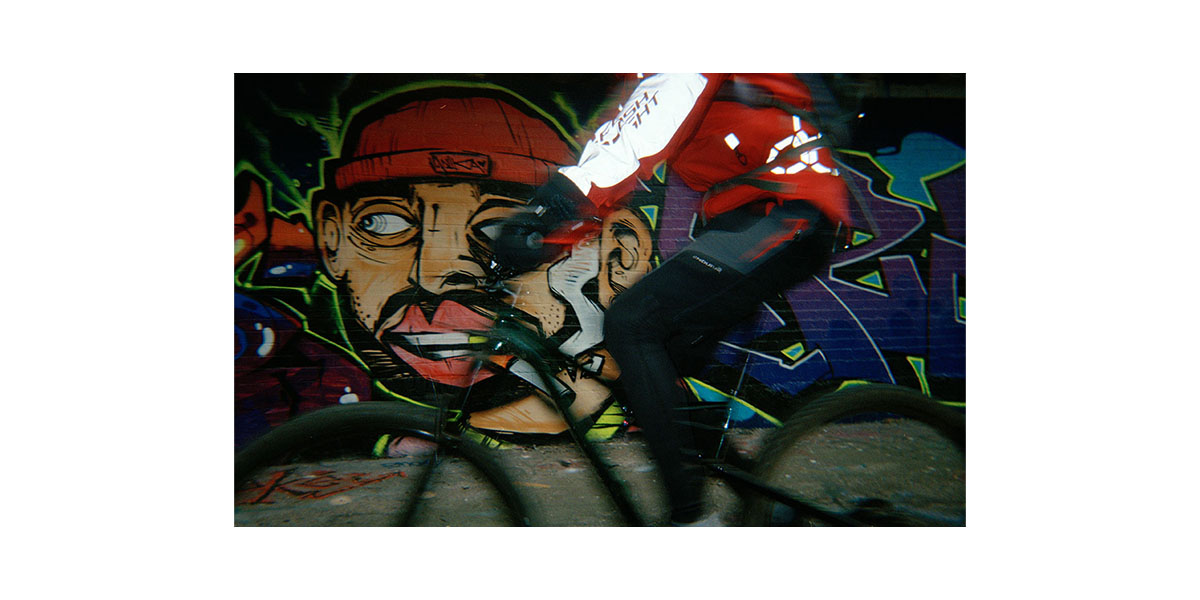
The cyclist's head is on the wall, Hassan. 2021
See more from Nathan on his website and Instagram:
Website: https://www.nathanmcgill.co.uk/
Instagram: @nathanmcgill.co.uk